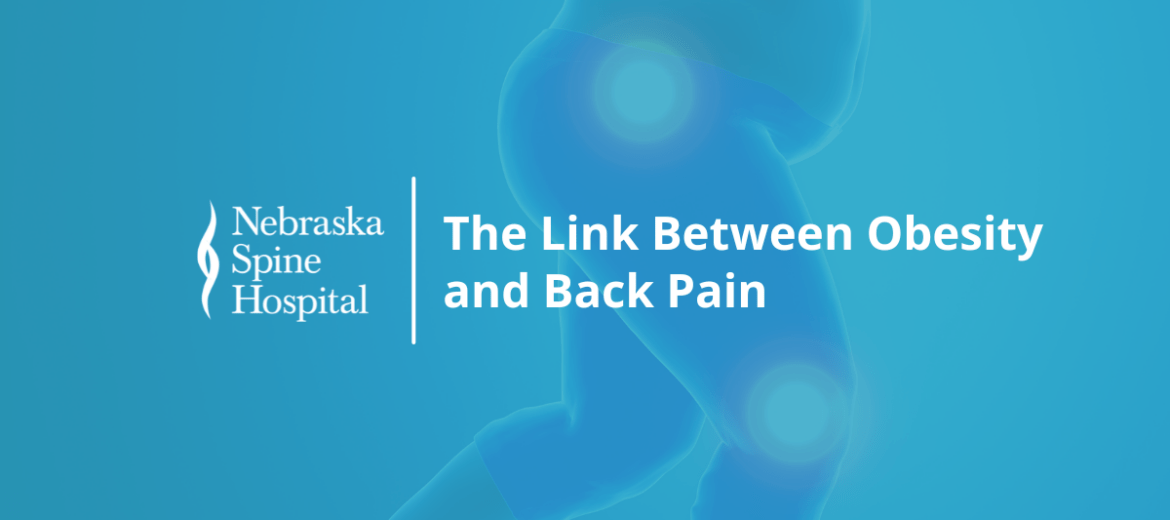Obesity is a growing concern in the United States, and its impact extends beyond just the number on the scale. Aside from increasing the risk of chronic diseases, carrying excess weight can take a toll on your spine and lead to various back-related issues.
The Link Between Obesity and Back Pain
The Alarming Connection Between Obesity and Back Pain
Obesity is associated with an array of health problems, but one often overlooked consequence is its impact on the spine. People who are overweight or obese are at a higher risk of experiencing back pain, joint pain, and muscle strains. The added weight can pull the pelvis forward, straining the low back, and put pressure on spinal structures like the discs, leading to conditions like sciatica and herniated discs.
The Rising Obesity Rates in the US
According to the Centers for Disease Control and Prevention (CDC), the prevalence of obesity in the US has been steadily rising over the years. From 1999-2020, the percentage of obese individuals increased from 30.5% to 41.9%. This alarming trend highlights the urgency of addressing the issue and its related health complications.
The High Cost of Obesity on Health and Wallets
Apart from the toll it takes on health, obesity can be financially burdensome. On average, obese individuals in the US spend $1,429 more annually on medical bills. Preventable conditions like heart disease, stroke, and Type 2 diabetes contribute to these costs, making it evident that addressing obesity can lead to significant savings in healthcare expenses.
Weight Loss as a Path to Relief
While the complications of obesity on spinal health are concerning, there is hope for improvement. Weight loss has been shown to alleviate many of these back-related issues. By shedding excess pounds, individuals can significantly lower their risk of developing osteoarthritis and ease the strain on their joints.
The Role of Diet and Exercise in Weight Loss
Effective weight loss typically involves a combination of diet and exercise. A balanced diet tailored to individual needs, under the guidance of a nutritionist, can kickstart the journey towards a healthier weight. On the other hand, regular physical exercise is not only crucial for weight loss but also stimulates healing in the spine. Exercise helps nourish spinal discs by promoting fluid exchange and nutrient distribution.
Exercise = The Spine’s Best Friend
Engaging in regular exercise goes beyond weight management. It can improve mood, enhance sleep quality, and act as a preventive measure against various health conditions. The benefits of exercise are vast and extend far beyond the realm of spinal health.
Exercise Options for Back Pain Relief
For those already experiencing back pain, it might seem challenging to begin an exercise routine. However, there are various low-impact exercises tailored for back pain relief, such as yoga, tai chi, water exercises, and specific back-focused routines. Before starting any exercise program, it’s crucial to consult a physician to ensure safety and appropriateness for individual needs.
The link between obesity and back pain is undeniable, but it’s essential to remember that the journey toward a healthier spine and overall well-being begins with making small but impactful changes. By focusing on weight loss, adopting a balanced diet, and incorporating regular exercise, individuals can pave the way to a brighter, pain-free future. Taking charge of one’s health and investing in self-care is a powerful step towards breaking free from obesity-related back pain.


